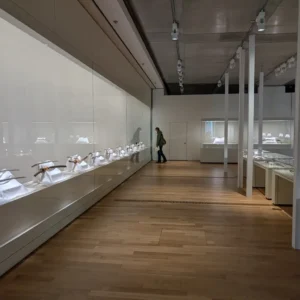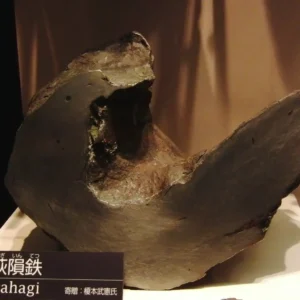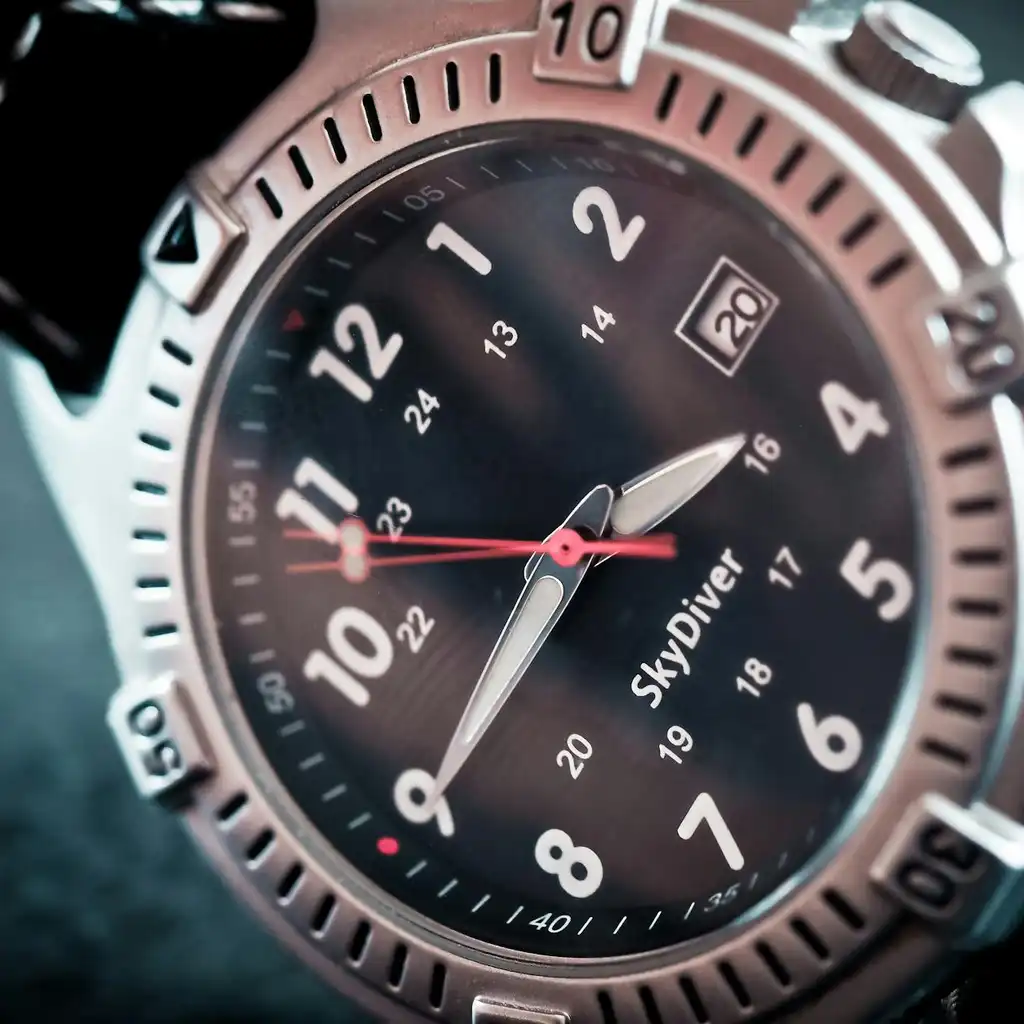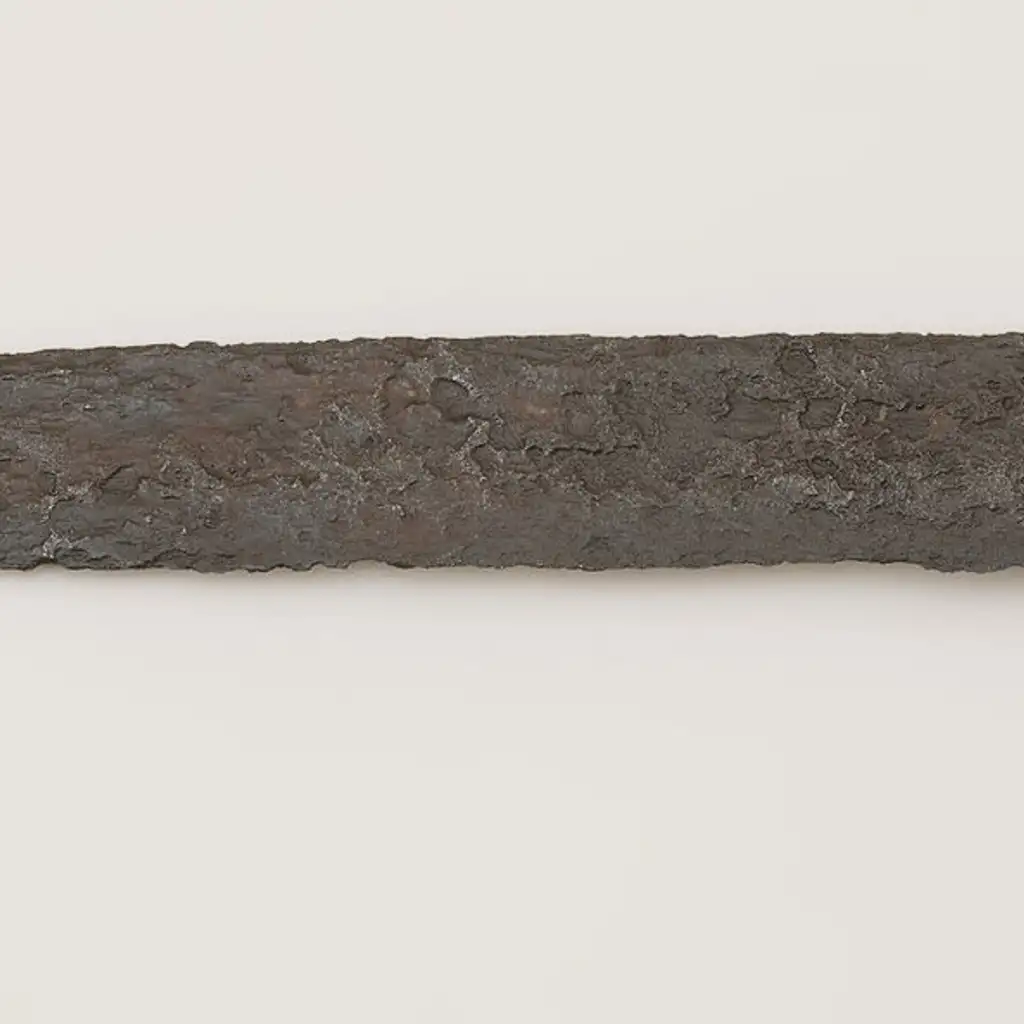To be fair, Zelda games are known for their quality. But Skyward Sword stands out because it reimagines what makes a Zelda game while holding onto the series’ familiar charm. The Zelda series has a ritualistic nature: certain items, characters, and mechanics that fans expect. From Link holding items triumphantly with the “dah-dah-dah-DAH” music cue to rescuing princesses and battling dark forces, Zelda games have their traditions. Skyward Sword honors these customs yet also reconsiders them, especially in its use of motion controls, making for a refreshing experience.
This isn’t Nintendo’s first experiment with motion controls in Zelda; Twilight Princess introduced rudimentary motion mechanics in 2006. However, Skyward Sword is the first Zelda designed with the Wii’s MotionPlus technology in mind, allowing for precise motion controls. In this game, Link’s sword moves as you do—swing up, down, or diagonally, and the sword follows. To charge a powerful strike, you hold the Wii Remote aloft, adding a physicality to the gameplay. Instead of repetitive hacking, you need precision and strategy to overcome enemies, each encounter feeling significant.
While the motion controls generally work well, they’re not flawless. MotionPlus, despite its sophistication, can require recalibration as you play. Fortunately, a quick button press recenters your aim, addressing this issue smoothly.
Beyond swordplay, Link’s tools get new life thanks to MotionPlus. Whether it’s using the whip to swing across gaps or carefully handling a net to catch bugs, each item uses the motion controls thoughtfully, enhancing immersion without overwhelming the experience. This realism means that success requires more than random swings; each action feels deliberate, bringing depth to familiar tools.
Skyward Sword isn’t an open-world game; it’s a focused, linear journey. But the world feels expansive and dynamic, allowing for distractions and discoveries that feel organic. You might find yourself pausing a fight to scoop up a nearby insect, a detail carefully placed to maintain a sense of discovery. This design fosters an atmosphere that invites you to linger and enjoy the scenery, yet the pacing ensures constant progress toward the next goal.
Where previous Zelda games gave players more items than they could reasonably use, Skyward Sword streamlines Link’s inventory. A radial menu lets you access tools quickly, and every item remains useful throughout the game. This thoughtful approach reduces clutter, encouraging a more strategic use of resources. There are save points throughout, even in dungeons—a convenience that may shock traditionalists but keeps the game accessible to players of all skill levels.
The game also introduces a customizable inventory system. While key items are always accessible, you can personalize Link’s secondary pouch with health items or extra ammunition to fit your play style. Bug catching and treasure hunting allow you to upgrade items, boosting attributes like shield durability or extending your beetle’s flight time. These activities are optional but rewarding, giving you an incentive to go the extra mile.
While Zelda plots often involve saving the world, Skyward Sword excels in its personal storytelling. The inhabitants of Skyloft, the game’s central city, each have their quirks and side stories that bring the world to life. Side quests aren’t just there for rewards; they’re genuinely engaging, with well-written dialogue that’s funny and surprising. Although the game still lacks voice acting, the choice feels stylistic rather than a budget decision—a throwback that fans appreciate.
The game’s most meaningful change is its commitment to newness. While it respects series staples, Skyward Sword offers fresh characters, inventive boss fights, and novel mechanics that capture the adventurous spirit of the original Zelda. Nintendo shows here that a Zelda game isn’t defined by its familiar elements but by the sense of wonder it instills.
In Skyward Sword, Nintendo has created a game that respects its legacy while daring to innovate, proving that Zelda can evolve without losing its heart.








